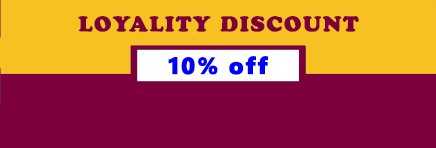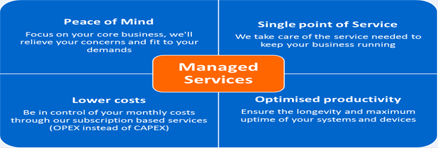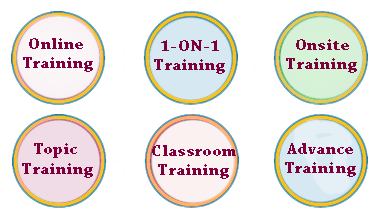
Database
A database is an organized collection of data, generally stored and accessed electronically from a computer system.
Data is organized into rows, columns and tables, and it is indexed to make it easier to find relevant information. Data gets updated, expanded and deleted as new information is added. Databases process workloads to create and update themselves, querying the data they contain and running applications against it.
cloud database is a database that has been optimized or built for a virtualized environment, either in a hybrid cloud, public cloud or private cloud. Cloud databases provide benefits such as the ability to pay for storage capacity and bandwidth on a per-use basis, and they provide scalability on demand, along with high availability. Structured Query language (SQL) pronounced as "S-Q-L" or sometimes as "See-Quel"is actually the standard language for dealing with Relational Databases.
Object-oriented database systerns are proposed as an alternative to relational systerlls and are ainled at application dornains where cODlplex objects playa centra,} role. 1'he approach is heavily influenced by object-oriented prograrllrlling languages and can be understood as an atternpt to add DBMS functionality to a prograunning language environrnent. The ()bject Database :M:anagenlcnt Group (()DMG) has developed a standard Object Data Model (ODM) and Object Query Language (OQL), which are the equivalent of the S(standard for relational database systems. The conceptual schema (sometimes called the logical schema) describes the stored data in terms of the data model of the DBMS. In a relational DBMS, the conceptual schema describes all relations that are stored in the database. In our sample university database, these relations contain information about entities, such as students and faculty, and about relationships, such as students' enrollment in courses. Windows Server,version 1809 has improvements in thescalability and reliability of containers that use group managed serviceaccounts (gMSA) to access network resources. Efforts to use versions of the Windows OS for smartphones have been less successful.
Get certified, and show the world that you’re ready to take advantage of the virtualization, storage, networking, and information protection capabilities of Windows Server to deliver global-scale cloud services into your infrastructure.
A DBMS consists of the following three elements: The physical database: the collection of files that contain the data The database engine: the software that makes it possible to access and modify the contents of the database The database scheme: the specification of the logical structure of the data stored in the database.









